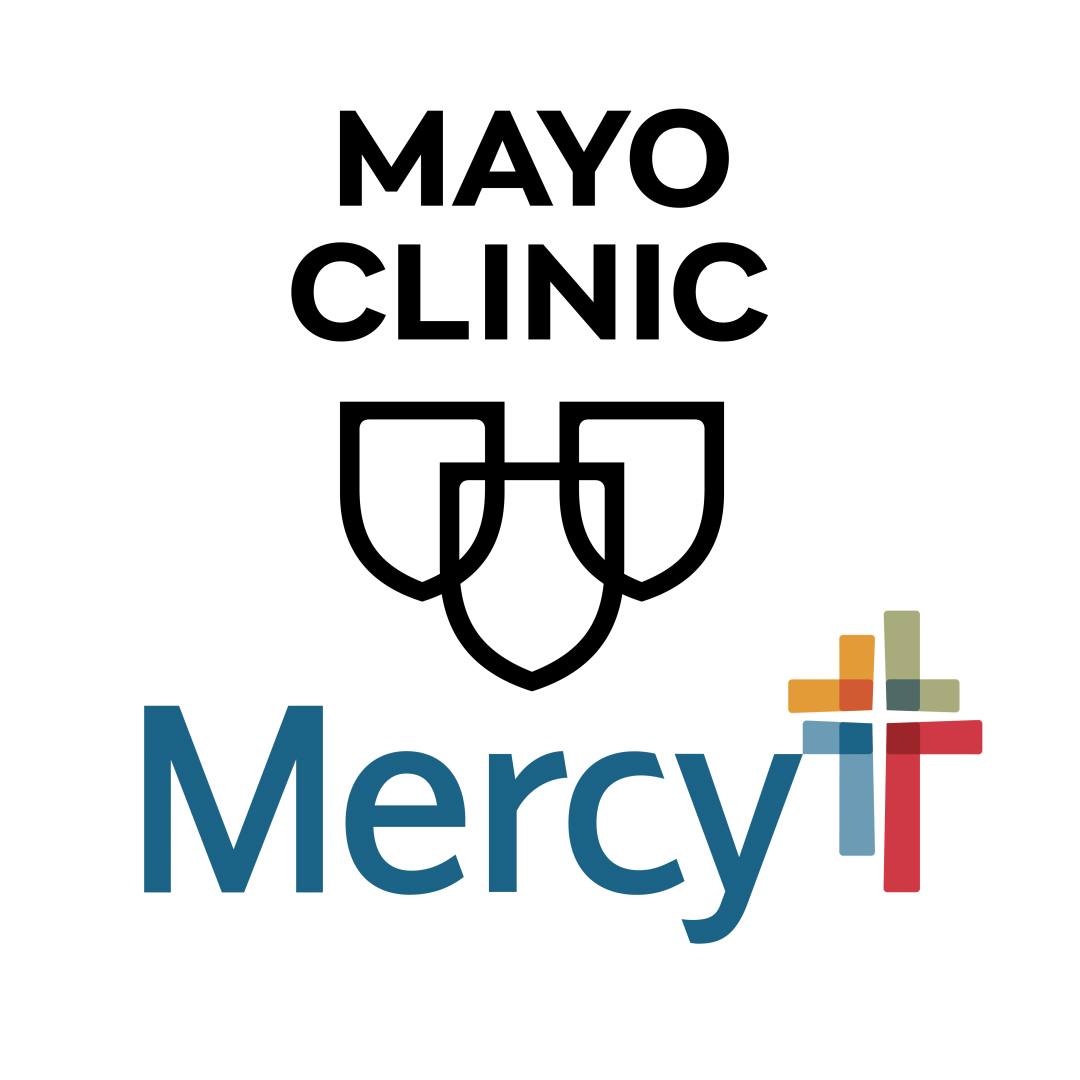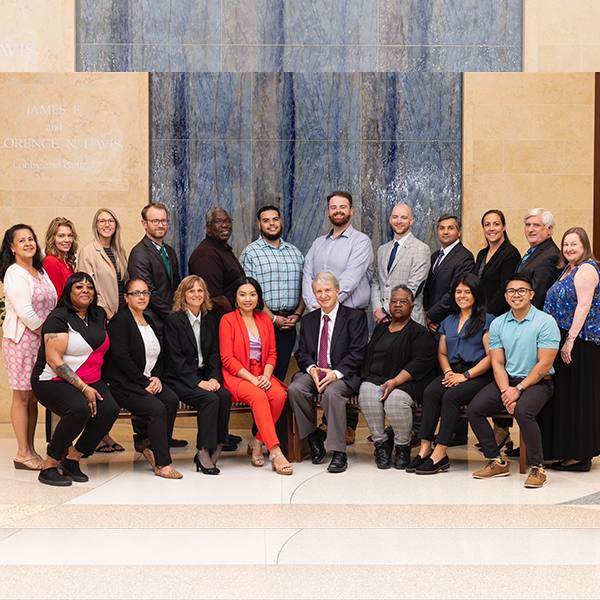-
Research
Mayo Clinic research on remote hospital care for a rural or urban home setting
Chad Semling, who is 47 years old, spent 113 days in the hospital for recovery and rehabilitation before being admitted to Advanced Care at Home, a Mayo Clinic program that uses telehealth to provide health care remotely for patients who live in rural and urban areas.
Semling, a Mayo Clinic patient in Eau Claire, Wisconsin, suffered multiple compression fractures within his back, a collapsed lung, fractured ribs and severe lung blockage, all due to COVID-19.
"I also suffered a fungal infection that attacked the lungs and, eventually, the heart, requiring emergency open-heart surgery to replace a valve," says Semling. "Throughout this experience, I coded four different times."
Accelerated innovation — and broad application of — telehealth services throughout the COVID-19 pandemic have allowed patients to receive comprehensive medical attention through a hospital-at-home model of care.
A recent Mayo Clinic study showed that, by offering a convenient way to receive medical attention, this model gives patients like Semling — who otherwise would have difficulty accessing continuous care at a traditional brick-and-mortar hospital — the opportunity to get quality care from the comfort of their homes.
The study looked at 686 patients who were admitted to the Advanced Care at Home program at two Mayo Clinic campuses — 408 patients in Jacksonville, Florida, and 278 within Mayo Clinic Health System in Eau Claire, Wisconsin. A few of the most common diagnoses for patients within the program were pneumonia, heart failure and bloodstream infections. According to the study's findings, the hospital-at-home model results are encouraging, with 30-day mortality rates being low at 0.58%, and no patients dying while enrolled.
Health care professionals monitored patients’ care from a distance while deploying a team of community paramedics and nurses that visited patients' homes for hands-on care.
"What this program allows is, if we can take someone home for hospitalization who is sick but stable, that patient is able to be more comfortable, with improved clinical outcomes, while simultaneously opening a bed in the hospital," says Margaret Paulson D.O., lead author of the study and medical director of Advanced Care at Home in the Northwest Wisconsin region of Mayo Clinic Health System.
"My day-to-day experience with the program was excellent," says Semling. "Everything from blood draws to video conferencing was all laid out, so I knew what to expect each day."
After a patient is identified as a candidate for the hospital-at-home model and consents to treatment, community paramedics conduct a home safety assessment to ensure that the patient has an appropriate setting for this type of care. This includes things such as a stable internet connection, running water and a safe environment that would limit the risk of falling.
"Many of our patients are at risk for falls, so doing a scan to ensure the home is safe and to make sure tripping hazards are not present is an important part of the process," says Dr. Paulson.
Providing patient-centered care to rural communities
Dr. Paulson notes that using technology-centered care, especially within rural areas, provides the opportunity for an innovative approach to patient care.
"In a rural environment, health care workers aren't as available and there's a lot more open space between the brick-and-mortar hospital and where the patient lives," says Dr. Paulson.
The study's findings show that for patients like Semling, the hospital-at-home model helps address the evolving challenges of health care delivery.
"The number one impact is that I was able to be home and my wife and kids did not need to do anything," says Semling. "It allowed for a less stressful environment."
The Mayo Clinic Robert D. and Patricia E. Kern Center for the Science of Health Care Delivery provided methodologic expertise throughout the study. Review the study for a complete list of authors, disclosures and funding.
—Vincent Jacobbi








